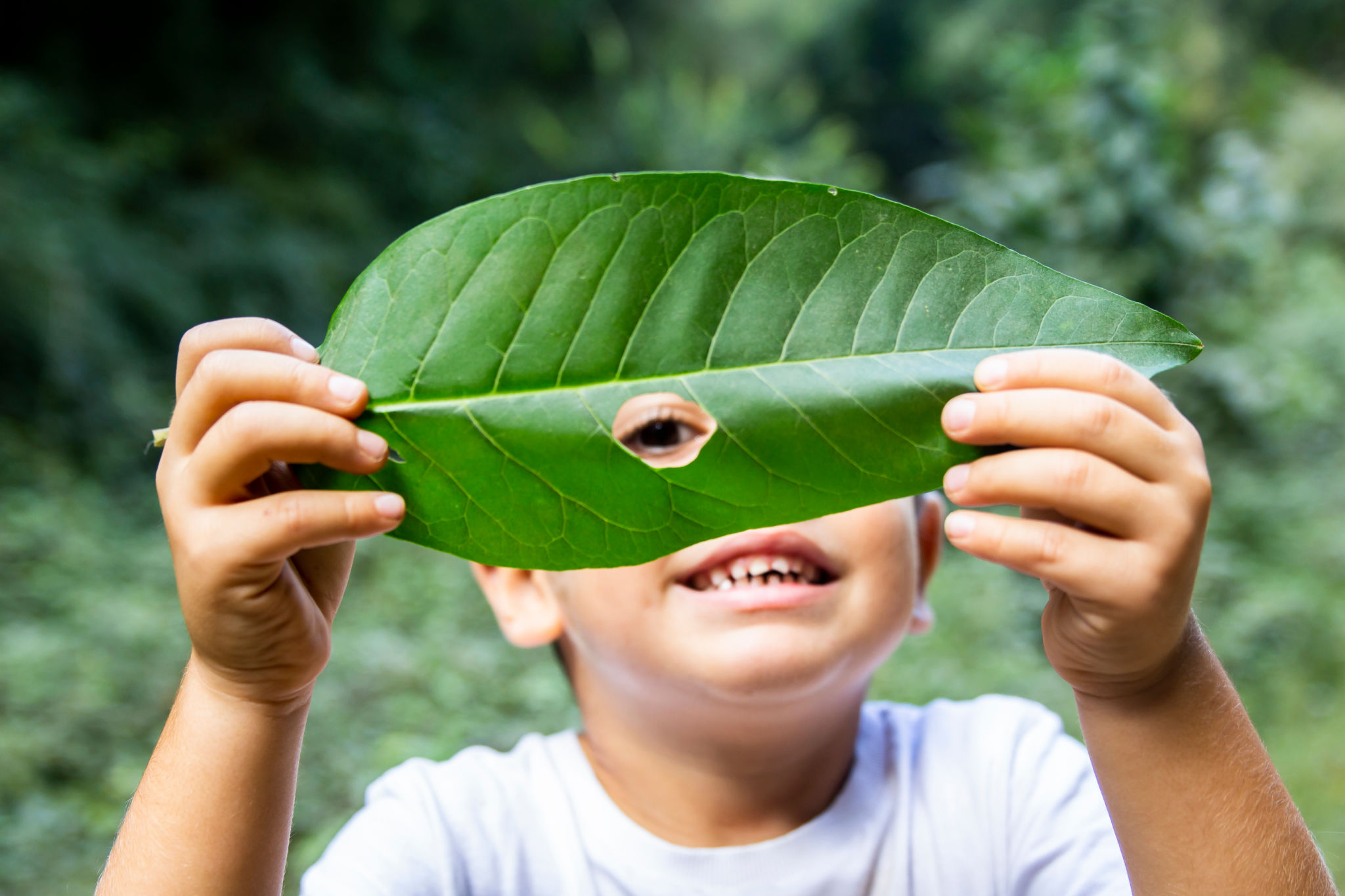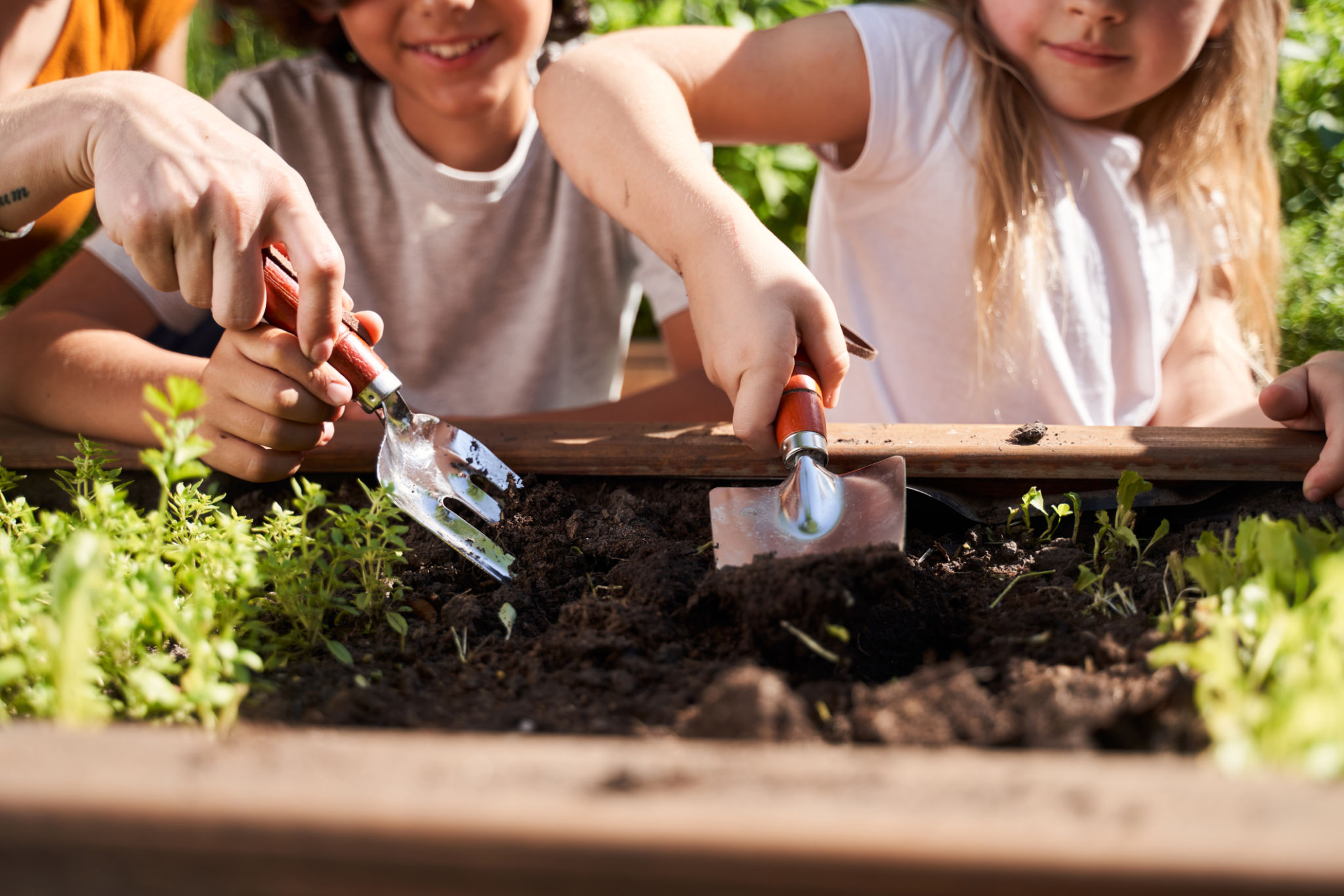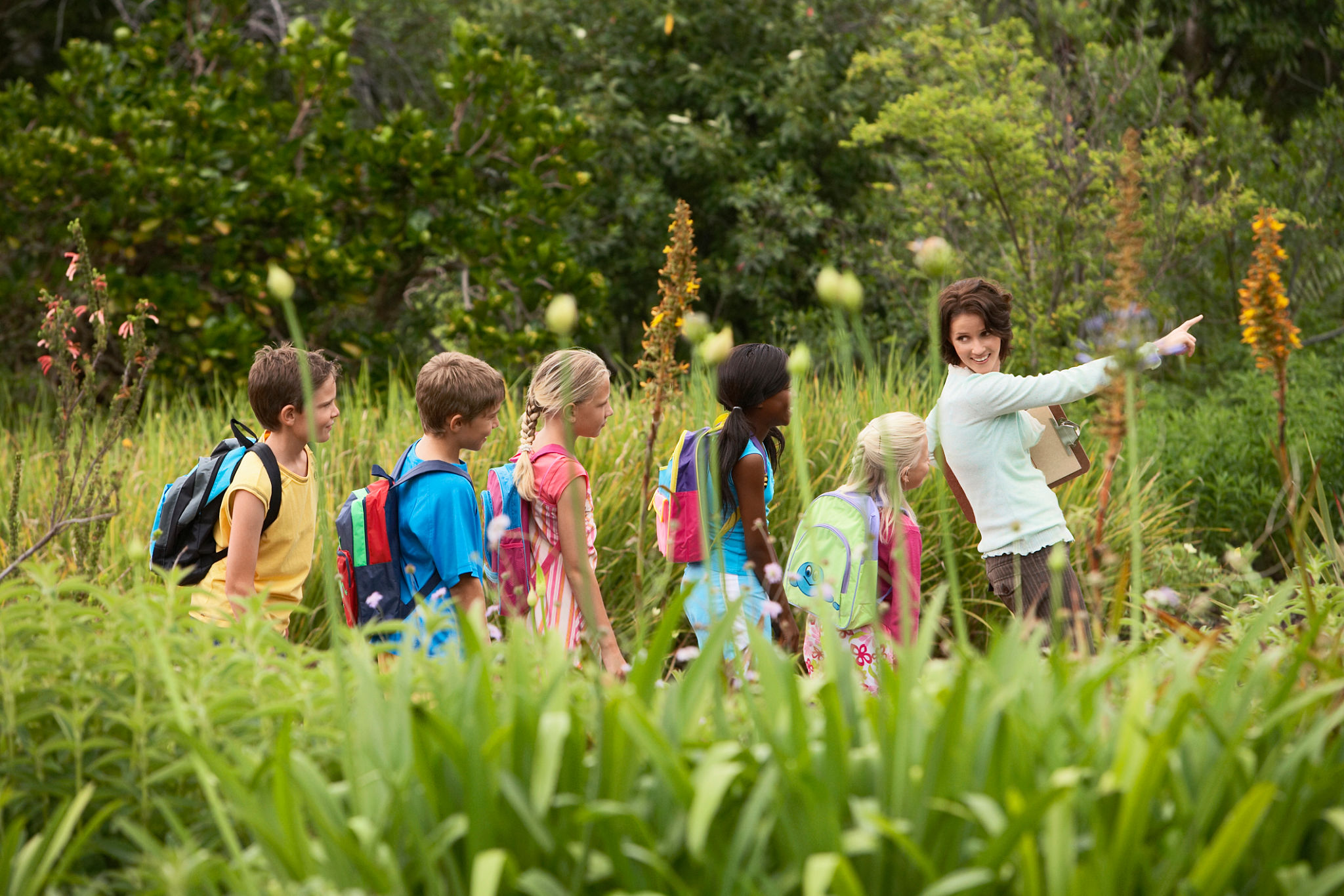Nature-Based Learning for Young Children: A Guide to Outdoor Education
Understanding Nature-Based Learning
Nature-based learning is an educational approach that immerses young children in natural environments to foster holistic development. This method emphasizes experiential learning where children engage directly with the natural world, encouraging curiosity, creativity, and critical thinking. By integrating natural elements into early education, children develop a deeper appreciation for the environment and its ecosystems.
Outdoor education is not just about taking lessons outside; it's about using the natural world as a dynamic classroom. This approach allows children to explore, ask questions, and make discoveries in real-time. The benefits of nature-based learning extend beyond traditional academic skills, promoting physical health, emotional well-being, and social interaction.

Benefits of Outdoor Education
Physical Health and Development
Outdoor education provides ample opportunities for physical activity, which is crucial for young children's growth and development. Activities like climbing, running, and jumping help develop motor skills and coordination. Exposure to sunlight also promotes vitamin D production, essential for healthy bones and immune system function.
Cognitive and Emotional Growth
Nature-based learning environments stimulate cognitive growth by encouraging problem-solving and decision-making skills. Children learn to navigate challenges such as uneven terrain or weather conditions, which enhances resilience and adaptability. Additionally, being in nature has been shown to reduce stress and anxiety, contributing to better emotional health.

Implementing Nature-Based Learning
Creating a Nature-Rich Environment
To implement nature-based learning effectively, educators can create environments that incorporate natural elements. This might include setting up outdoor classrooms with natural seating arrangements or integrating plants and natural materials into indoor spaces. Schools can also partner with local parks or nature reserves to provide students with immersive experiences.
Activities to Engage Young Learners
A variety of activities can be used to engage children in nature-based learning. Some examples include:
- Nature Walks: Simple walks in natural settings encourage observation and discussion about different plants and animals.
- Gardening: Involvement in planting and tending to gardens teaches responsibility and the life cycle of plants.
- Wildlife Tracking: Identifying animal tracks or bird watching can spark interest in local wildlife.

The Role of Educators and Parents
Educators play a vital role in facilitating nature-based learning by planning activities that align with educational goals while allowing for exploration and discovery. Teachers should encourage questions and guide children in making connections between their experiences and broader ecological concepts.
Parents can support nature-based learning by fostering a love for the outdoors at home. Encouraging playtime outside and participating in family hikes or outdoor projects reinforces the lessons learned in school. By working together, educators and parents can create a cohesive learning environment that extends beyond the classroom.
Challenges and Considerations
While nature-based learning offers numerous benefits, there are challenges to consider. Weather conditions can impact outdoor activities, requiring flexibility in lesson planning. Safety is another concern; educators must ensure that outdoor spaces are secure and that children understand boundaries.
Despite these challenges, the rewards of nature-based education are substantial. By prioritizing outdoor learning experiences, educators can cultivate a generation of environmentally conscious individuals who appreciate and protect the world around them.
